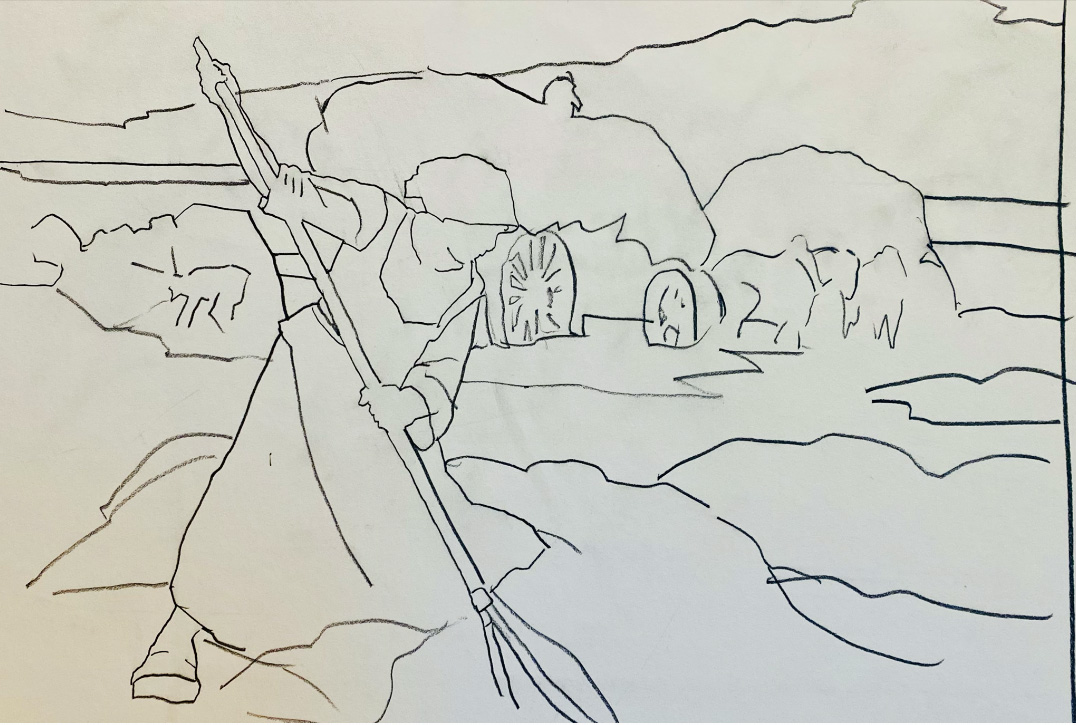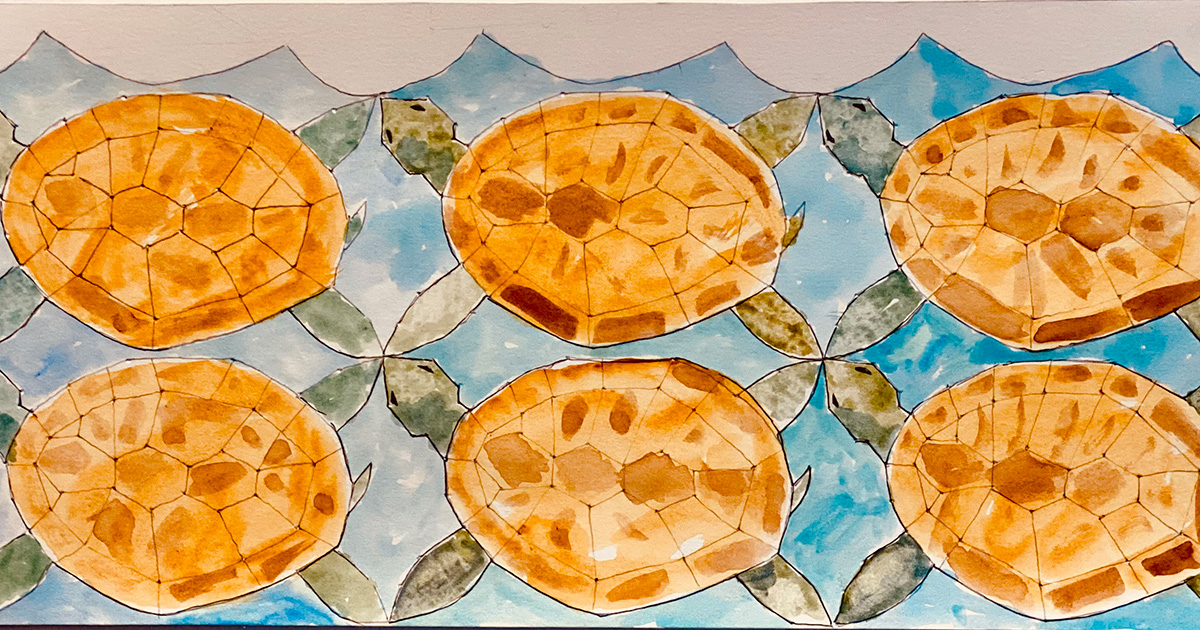- Events & Programs Home
- Calendar
- Accessibility
- Adults
-
Families & Teens
- Families & Teens Home
- 10x10 Teen Art Expo
- Art on the Rise
- Art Together: Art Making for Families with Children Ages 3–5
- Babies Sing with May Festival Minis
- Boy Scouts / Girl Scouts
- CAM Kids Day
- Family Storytime and Gallery Walk
- Family Studio: Art Making for Families with Children Ages 6–12
- Games in the Galleries
- Members-Only Baby Tours
- Public Baby Tours
- REC Reads
- Rosenthal Education Center (REC)
- Saturday Morning Art Class
- See Play Learn Kits
- Summer Camp
- Teen Fest: Zine and Comic Exchange
- RECreate
- Teachers
- Community Outreach
- Fundraisers
- Plan Your Own Event

- Events & Programs Home
- Calendar
- Accessibility
- Adults
-
Families & Teens
- Families & Teens Home
- 10x10 Teen Art Expo
- Art on the Rise
- Art Together: Art Making for Families with Children Ages 3–5
- Babies Sing with May Festival Minis
- Boy Scouts / Girl Scouts
- CAM Kids Day
- Family Storytime and Gallery Walk
- Family Studio: Art Making for Families with Children Ages 6–12
- Games in the Galleries
- Members-Only Baby Tours
- Public Baby Tours
- REC Reads
- Rosenthal Education Center (REC)
- Saturday Morning Art Class
- See Play Learn Kits
- Summer Camp
- Teen Fest: Zine and Comic Exchange
- RECreate
- Teachers
- Community Outreach
- Fundraisers
- Plan Your Own Event
Blog: CAM Uncovered
Blog: CAM Uncovered
- Home
- Plan Your Visit
- Art
-
Events & Programs
- Events & Programs Home
- Calendar
- Accessibility
- Adults
-
Families & Teens
- Families & Teens Home
- 10x10 Teen Art Expo
- Art on the Rise
- Art Together: Art Making for Families with Children Ages 3–5
- Babies Sing with May Festival Minis
- Boy Scouts / Girl Scouts
- CAM Kids Day
- Family Storytime and Gallery Walk
- Family Studio: Art Making for Families with Children Ages 6–12
- Games in the Galleries
- Members-Only Baby Tours
- Public Baby Tours
- REC Reads
- Rosenthal Education Center (REC)
- Saturday Morning Art Class
- See Play Learn Kits
- Summer Camp
- Teen Fest: Zine and Comic Exchange
- RECreate
- Teachers
- Community Outreach
- Fundraisers
- Plan Your Own Event
- Give & Join
- About
- Tickets
- Calendar
- Exhibitions
- Collections
- Blog
- Shop
Screen vs. Sketch: The Power of Kids' Artwork – SketchCAM
by Bruce Petrie, President, Board of Trustees
11/27/2024
SketchCAM , Claude Monet , Pablo Picasso , Rosenthal Education Center
We’ve watched our fair share of Bluey, Paw Patrol, and Minions with seven grandkids; but when we encourage kids to be creators themselves, we move from screen to sketch, from passive to active.
Screen time and sketch time don’t need to be either/or. We don’t expect the screen to go away. (You’re reading this on a screen!) But a child is especially receptive to active creation, for making rather than just watching. While creativity can grow at any age, if the first years make time for art, the child receives a gift that will keep on giving throughout life.
What’s called "talent" as an adult doesn’t come out of nowhere: it’s often the adult accessing an earlier, encouraged energy of discovery. Many an artist has followed their full circle back to the days when blues, yellows, reds, squares, and triangles first electrified their senses. ’’It has taken me my whole life to learn to draw like a child," Picasso famously said.
As a teenager, after his mother died, Claude Monet sketched outdoors and drew caricatures of people in his hometown of Le Havre, decades before he painted his pond reflections at Giverny in the second half of life. Making art was a form of salvation from a great loss suffered in youth.
We see the museum masterpieces of adulthood. What we don’t see are the hours of youthful drawing, without which the pond lilies would not, one day, have floated in an upside-down sky mirror in front of the painter’s imagination.
The imagination that opens early is ready for action. Tactile and sensory, an active imagination wants to make stuff: hold the paintbrush, feel the clay, cut the paper, build the blocks. ’’The maplewood blocks are all in my fingers to this day," said Frank Lloyd Wright. His mother gave him a set of brightly colored blocks at age nine. His ’’fingers"—his neural pathways for spatial design, depth perception, color, basic shapes, and balance—felt the course of an historic life.
Art-doing builds a child’s confidence. They can be the maker, like the toddler saying, ’’me do it’’ with growing self-assurance. They and the crayons aren’t on the sidelines but are players.
How much time is the child in training as a screen spectator? Digital spectatorship has its place but isn’t the same as holding the brush or feeling the building blocks in hand.
There’s a powerful intergenerational connection happening whenever adults encourage childhood art making, alive in real time. It happens when a parent tapes those scribbled pictures to the fridge, the kitchen museum. Or when artwork from school finds its way onto mom’s or dad’s office wall. Or when a child puts the phone or pad down on a Saturday afternoon and joins other kids in making art at the Cincinnati Art Museum’s Rosenthal Education Center. It will happen with countless future students in CAM’s new classrooms!
Related Blog Posts



Cincinnati, OH 45202
Toll Free: 1 (877) 472-4226
Museum Hours
Museum Shop
Terrace Café
Library
Cincinnati Art Museum is supported by the tens of thousands of people who give generously to the annual ArtsWave Campaign, the region's primary source for arts funding.

Free general admission to the Cincinnati Art Museum is made possible by a gift from the Rosenthal Family Foundation. Exhibition pricing may vary. Parking at the Cincinnati Art Museum is free.
Generous support for our extended Thursday hours is provided by Art Bridges Foundation’s Access for All program.

General operating support provided by:






